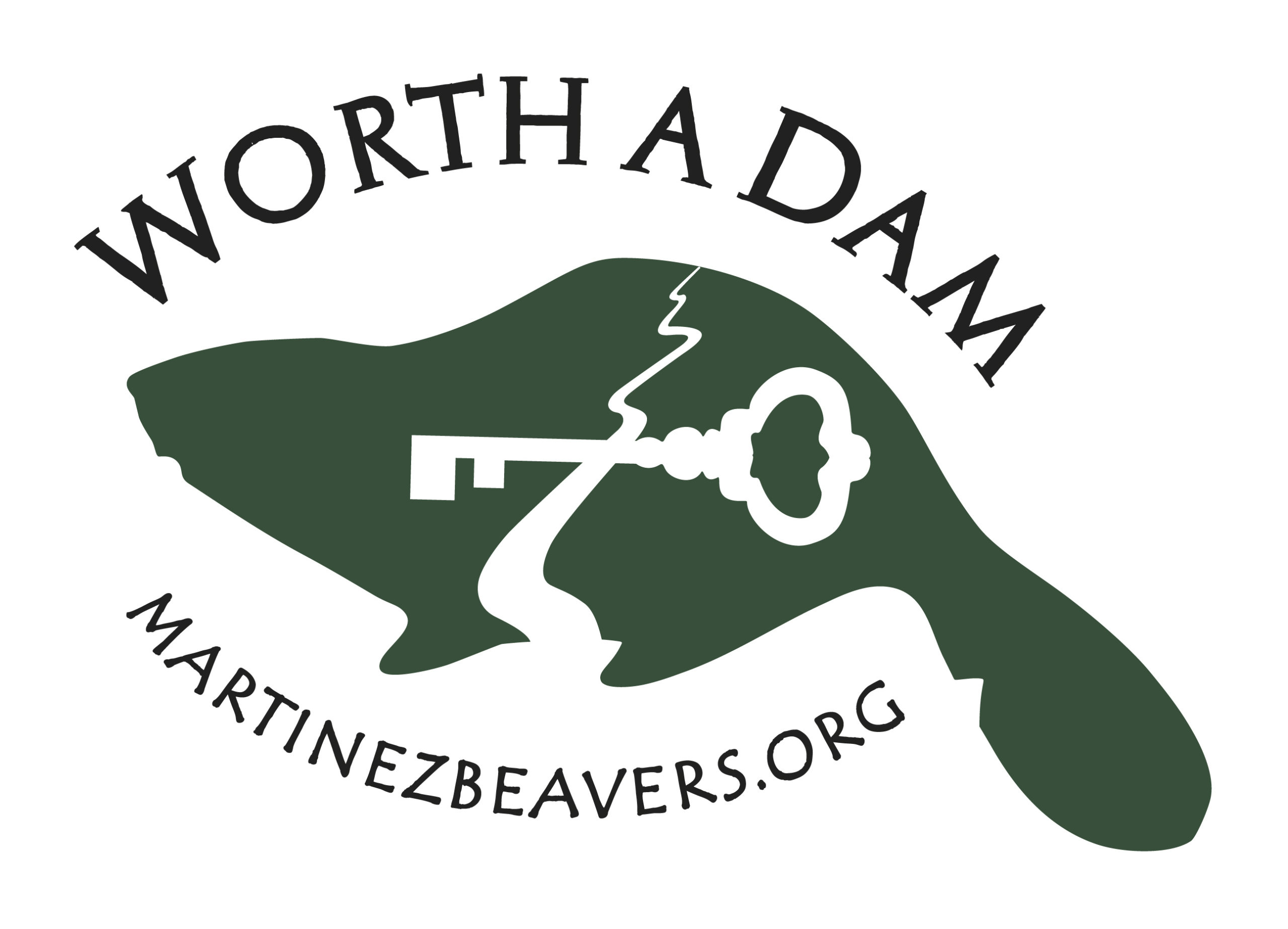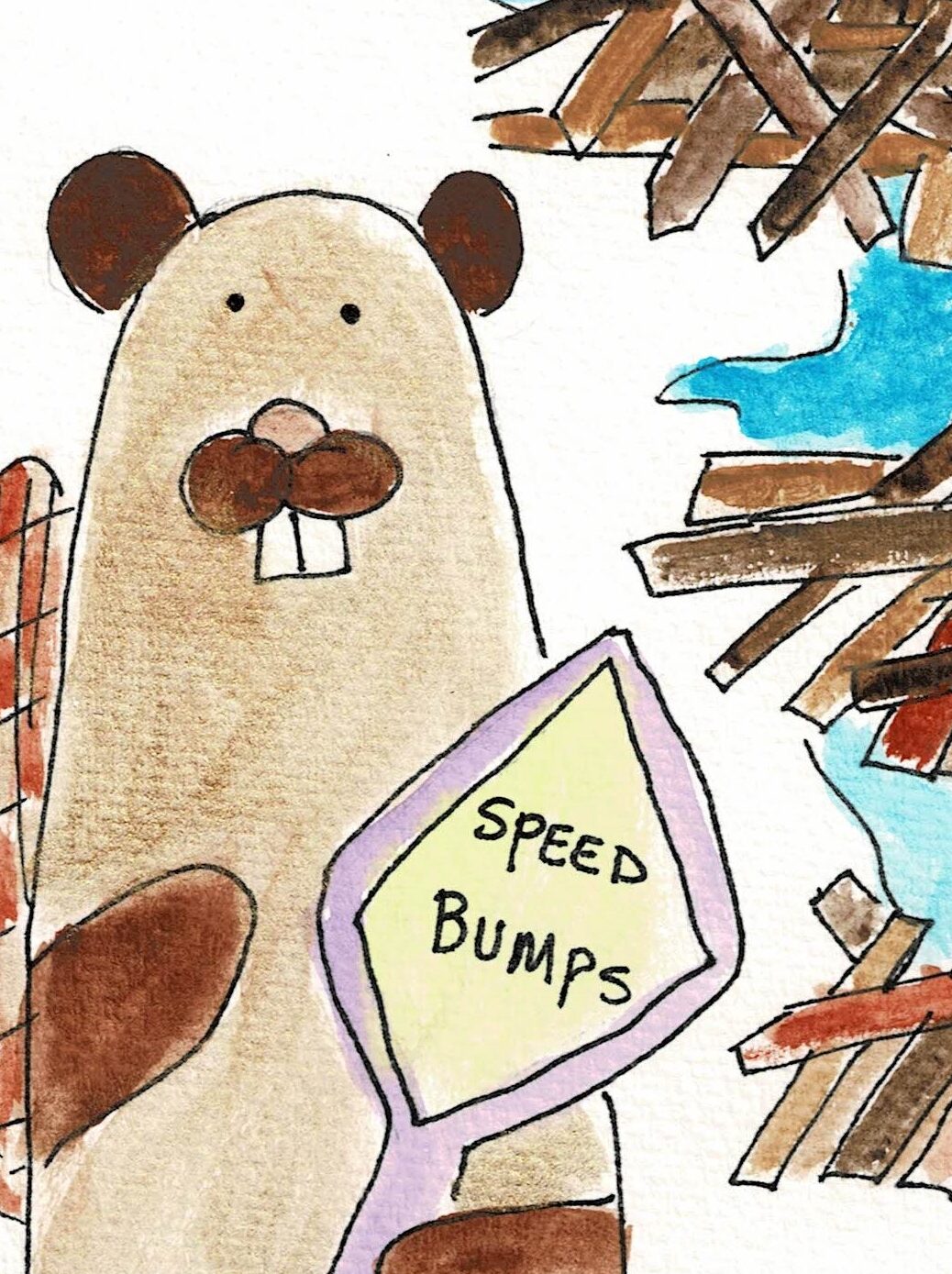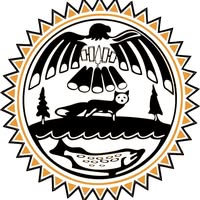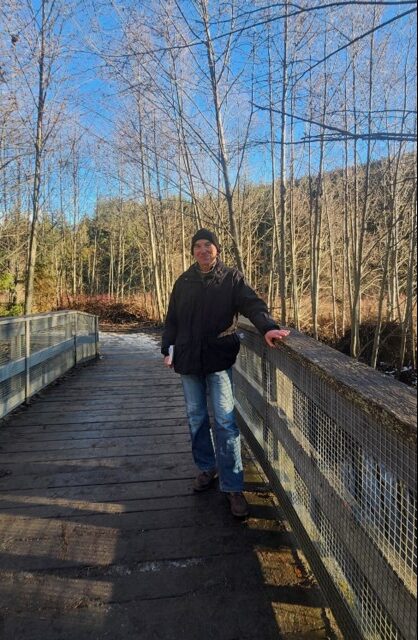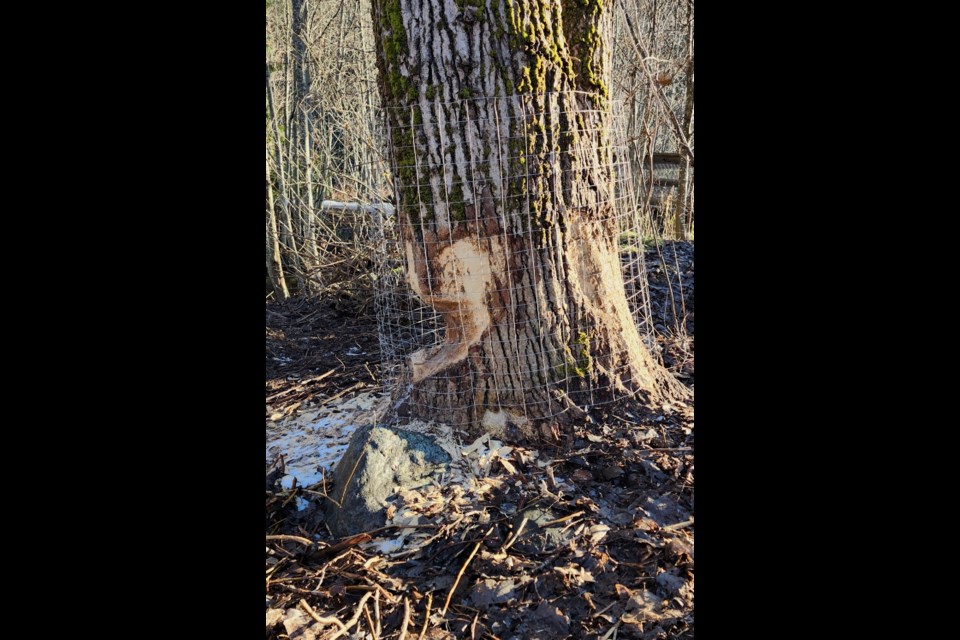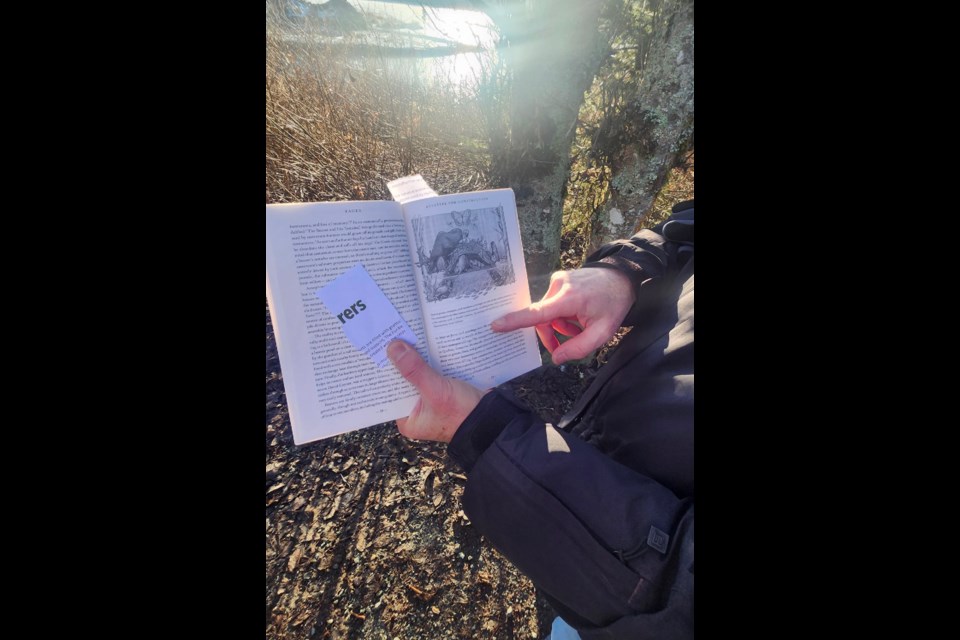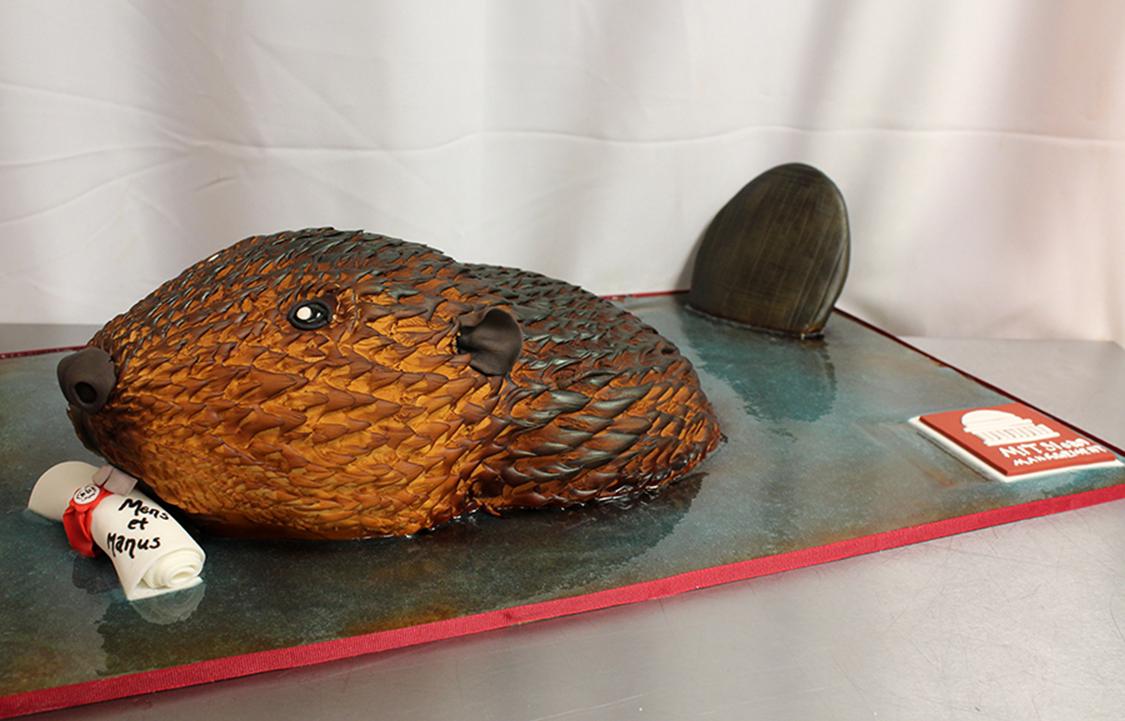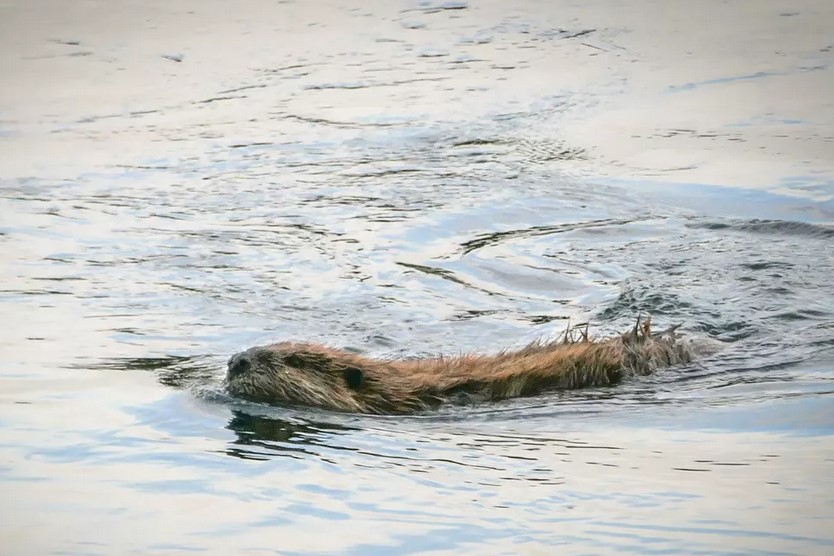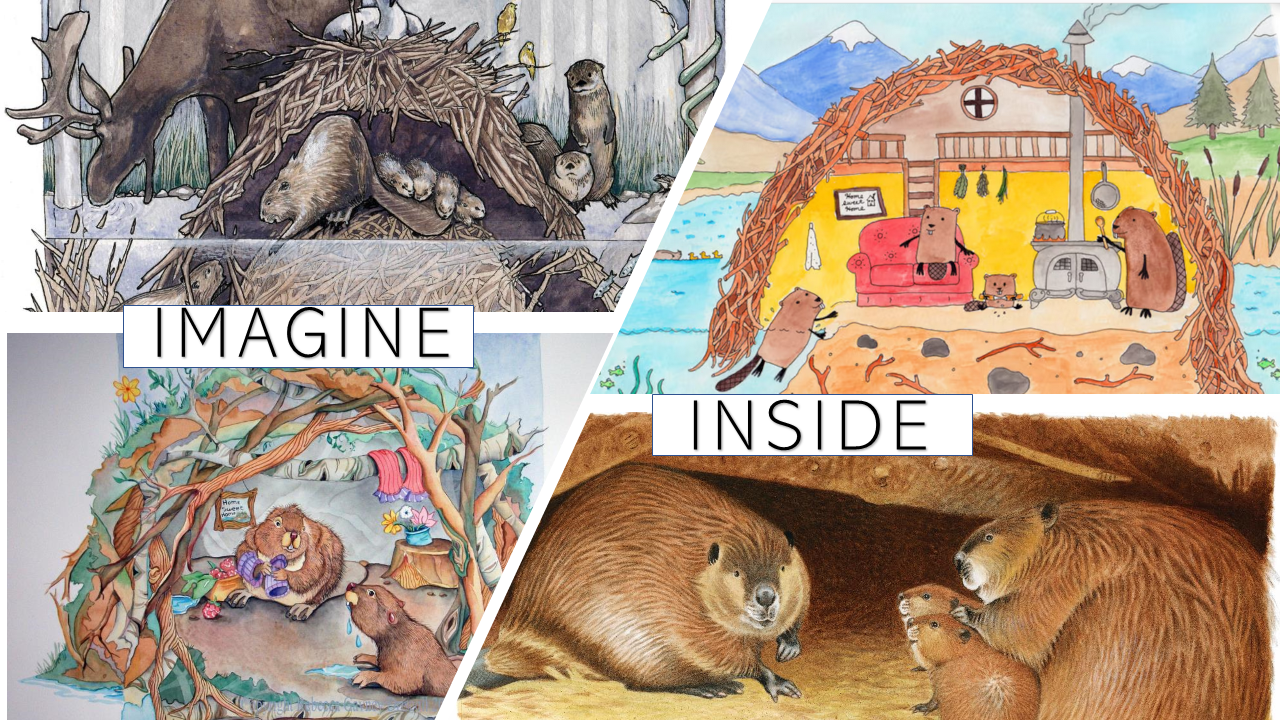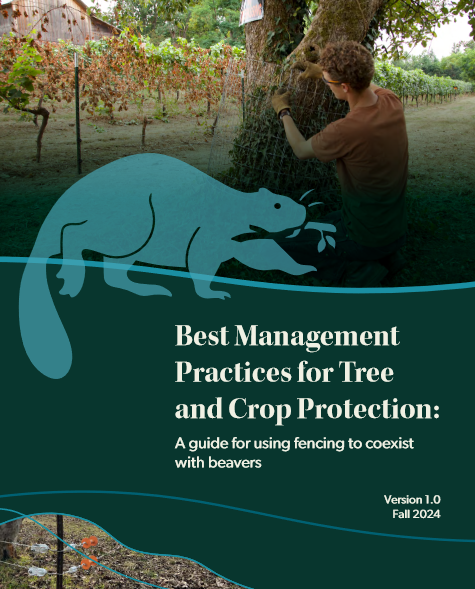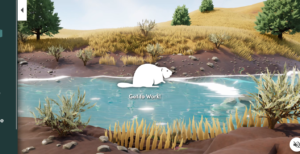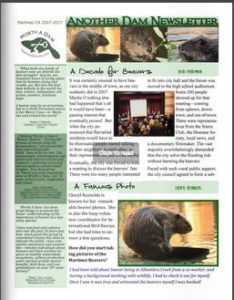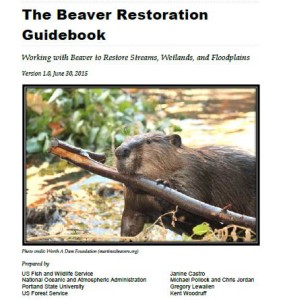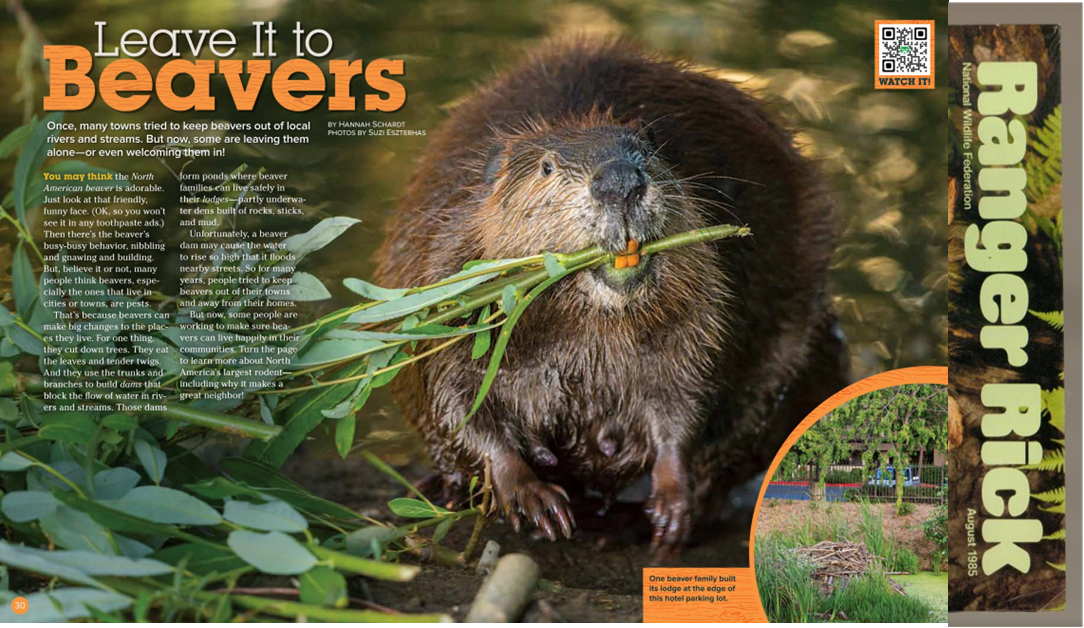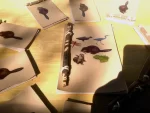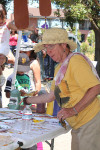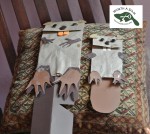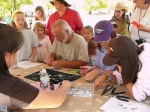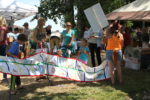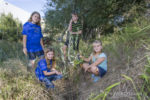Wow Vermont is just pushing ahead in beaverland. Makes sense since its the home of the inventor of the beaver deceiver. Somehow they managed to get Ben Goldfarb to testify.
Hrmph. Martinez never got Ben to testify.
Final Reading: House Environment heard about the benefits of beavers
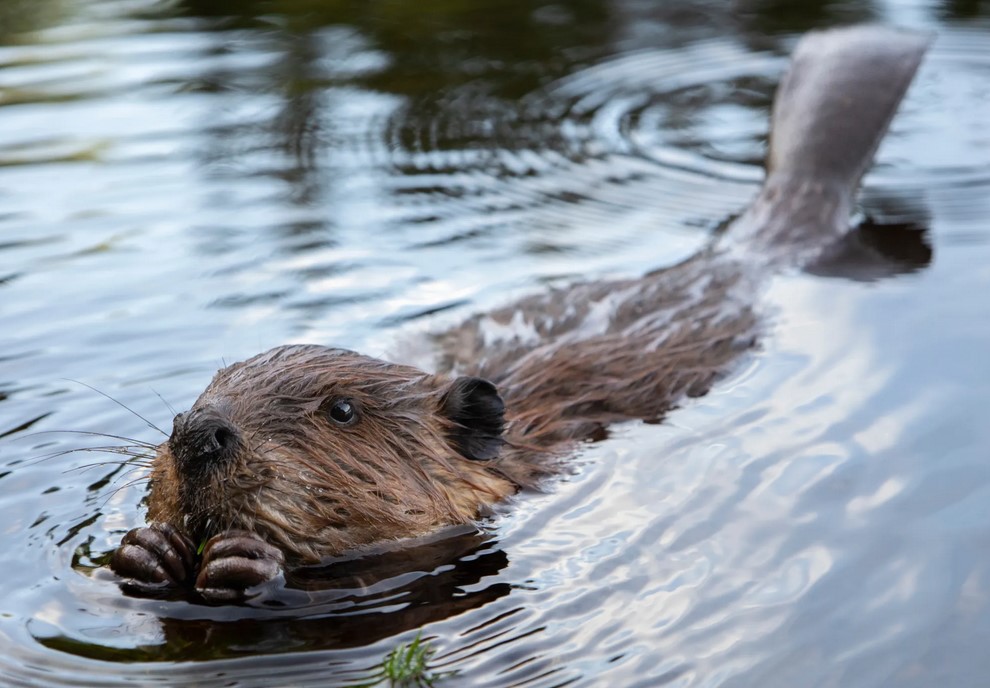 The House Environment Committee convened this morning to discuss a delightfully vague agenda item that read, “Beavers in Vermont.”
The House Environment Committee convened this morning to discuss a delightfully vague agenda item that read, “Beavers in Vermont.”
Members of the Department of Fish and Wildlife, the Nature Conservancy, and an environmental journalist (not me, unfortunately) provided a run-down of what we know about these whimsical — and important! — creatures and how they could, potentially, weaken destructive floods.
But before we get into all that, here are some fun facts from the testimony, as told by Brehan Furfey, which is (fur-real) the name of the furbearer project leader at the Department of Fish and Wildlife.
Right out of central casting. That’s destiny in a surname if I ever heard it.
Ben Goldfarb, author of the book Eager: The Surprising, Secret Life of Beavers and Why They Matter, said beavers are “gradually recovering” from that erasure and their populations are “still very far from historic levels.” But Furfey said beavers are approaching their biological carrying capacity in Vermont — meaning, if they become more plentiful, their populations could become unhealthy. Other than keeping logs of human-beaver conflict, Vermont has not formally surveyed beaver populations.
Oh PULEEZE. People throw around the term carrying capacity idea like its a real immutable thing. Like the number of shoppers that could be in Trader Joe’s during the pandemic. When really its just a measure of how much teaching and coexistence training is available in the area.
Before our beavers came and we learned how to live with them our carrying capacity was zero. I like to think Worth A Dam helped change that.
Goldfarb, who testified after Furfey, said Vermont could stand to do more to protect beavers. In turn, we could be rewarded with reduced flooding due to beavers’ ability to build dams, which create wetlands and slow down water. While Vermont has a good program in place to reduce human-beaver conflict, he said, many of those conflicts still end with beavers killed in traps. (This conversation takes place one year after an extremely controversial legislative battle over trapping regulations, by the way.)
BOOM Take that carrying capacity man. GOOOO BEN. I wonder how they got him and was his testimony virtual or was he actually in VT?
Will anything come out of this conversation about beavers? Rep. Amy Sheldon, D-Middlebury who chairs the Environment Committee, said it was just “useful background.”
The committee is “looking at natural solutions to our climate and biodiversity challenges, and beavers have a lot to offer us,” she said.
Yes they really do. Pay attention.
